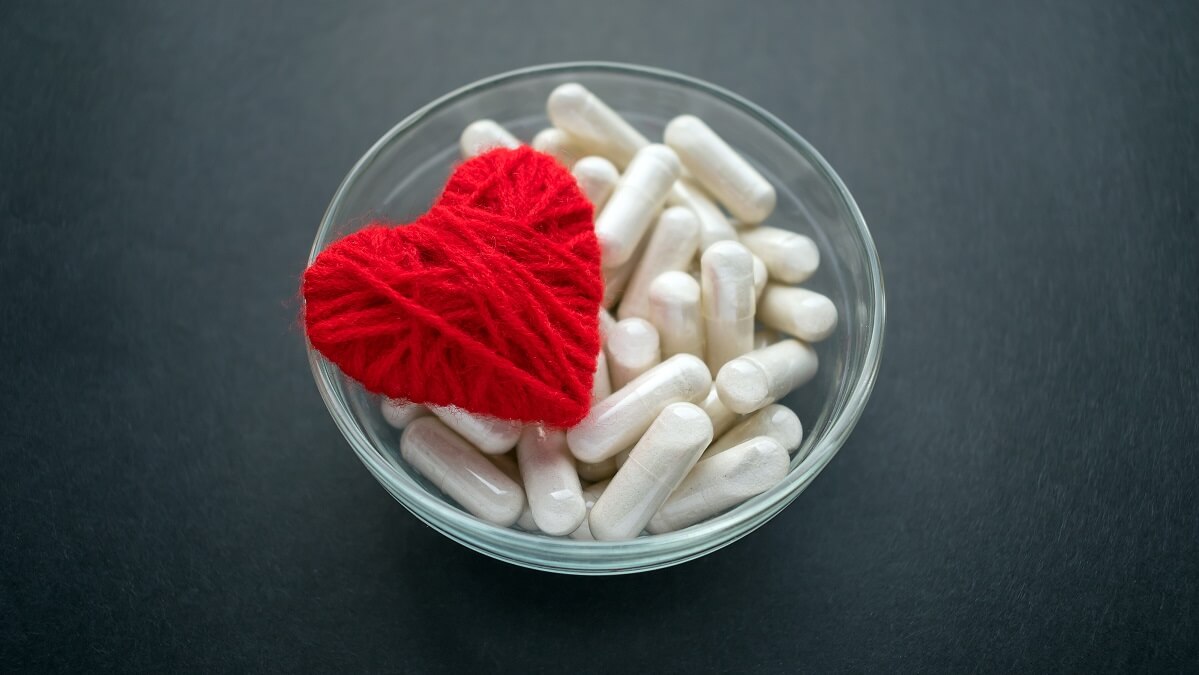Blood thinners, also known as anticoagulants, are medications used to reduce the risk of blood clots and other serious health conditions. They are often prescribed to people who have had a heart attack, stroke, or another cardiovascular event.
When taking blood thinners, it is important to understand the potential risks and benefits. Some of the risks include increased risk of bleeding, increased risk of drug interactions, and potential for serious side-effects. It is important to talk to your doctor about any potential risks and benefits before starting a course of blood thinners.
Here are nine things you should keep in mind while taking blood thinners.
Even minor injuries can bleed a lot
The blood thinner your doctor prescribed can help prevent a heart attack or stroke by keeping clots from forming in your heart or blood vessels. However, because these drugs make it difficult for you to stop bleeding, a minor injury can quickly become serious. To avoid this risk, avoid contact sports and other activities where you’re likely to get hurt. Instead, go for safer alternatives such as walking, swimming, or other exercises. And don’t forget about your head. Always wear a helmet, even if there’s only a small chance of hitting it.
Take it as prescribed
It is important to take your blood thinner at the same time every day. If you have trouble remembering, seek advice from your pharmacist about using a dosette (pill container) or set reminders on your mobile device to go off at the same time every day to remind you to take your medicine.
If you forget to take your blood thinner, don’t double the dose; immediately contact your doctor or pharmacist for advice.
Know the contraindications
Before you start taking any new prescription or over-the-counter medicine, it’s important to check with your doctor or pharmacist to make sure it won’t interact with your blood thinner. Even something as innocuous as a vitamin or supplement can have an effect on how some blood thinners work, or add to their side-effects. For example, if you take a pain reliever or cold medicine that contains aspirin, your risk of bleeding could increase.
Be extra careful around sharp objects
If you’re on blood thinners, even a small cut can turn into a serious bleed. So take precautions when handling sharp objects such as knives or garden shears. And be extra careful when shaving – try using an electric razor to avoid nicking yourself. Finally, don’t trim your nails too close to the skin.
If you do cut yourself, apply pressure until the bleeding stops. If it doesn’t, seek medical help right away.
Watch how much vitamin K you’re ingesting
Many vegetables such as spinach, kale, cabbage, Brussels sprouts and other green leafy vegetables are rich in Vitamin K. And too much of this vitamin can make a common blood thinner called warfarin less effective. These foods aren’t off limits when you take wafarin, but you should talk to your doctor about how much of them is safe for you to eat.
However, if you’re taking any of the newer anticoagulants – e.g. apixaban (Eliquis), dabigatran (Pradaxa) or rivaroxaban (Xarelto) – you can eat as many green leafy vegetables as you want; they won’t affect these medicines.
Tell medical professionals about any medication you’re on
It’s important to let your doctor know that you are taking blood thinners, especially before having any medical procedures or starting a new medication. This is because you have an increased risk of bleeding.
You should also wear a medical ID bracelet or tag so that emergency medical workers are aware of your bleeding risk. Keep a card in your wallet or purse that has the name of your medication written on it.
Mind your gums
Your gums are delicate, so it’s important to be gentle when cleaning your teeth. Use a soft toothbrush and light strokes, avoiding scrubbing. Choose a waxed dental floss to slide carefully between your teeth.
If you take blood thinners, be sure to let your dentist know. They’ll take extra care during checkups and may also give you medicines to reduce bleeding during dental procedures.
Know the side-effects
Bleeding – including nosebleeds, internal bleeding and bruises – is the most common side-effect of blood thinners. So it’s important to let your doctor know right away if you experience unexplained bruising, red or brown urine, red stools or have a bowel movement that looks like tar – as it may mean you’re bleeding internally.
It may also be a good idea to wear a medical alert bracelet that lists all the medicines you’re taking.
Keep supplies on you
Make sure to have bandages and dressings ready at home in case of a cut. You can buy certain powders and seals at your local chemist that stop bleeding quickly and keep it under control. Check with the pharmacist that it’s safe to use while on blood thinners.
Do you take a blood thinner? Do you think there’s anything else other users should be aware of? Let us know in the comments section below.
Also read: Fascinating facts about blood


I’d like to know who coined this stupid phrase ‘blood thinners’ . What they are talking about , as mentioned, are anticoagulants, used for stopping your blood from clotting unnecessarily , and in the wrong places, so why aren’t they called that. If you want to thin the blood, take off a litre and add a litre of saline, same as when you want to thin your paint, you add a littler water, or turps according to the paint you’re using.. That phrase “Thinners” really irritates me.